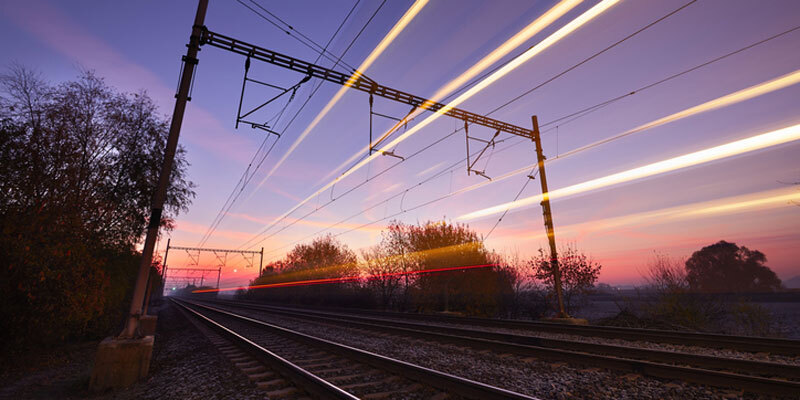
How Digital Transformation in the Rail Industry Will Change the Talent Landscape
As digitalisation advances the modern world, the capabilities and functions of our businesses are changing too. This extends, undoubtedly, to the rail industry. As the oldest rail network in the world, Britain’s rail industry is rooted in tradition and original design, but the industry is now changing. The effects of this are undeniably significant, developing not only the technological function of the trains themselves, but also the customer experience, business structure and talent landscape.
The introduction of digitalisation into the rail industry is connected largely to the development of the start-up community within rail. And whilst it arrived later than in other industries, it is now quickly becoming the establishment and is now easy to see how commercially-focussed rail companies are able to utilise a host of digital initiatives.
What technologies are currently in use?
One of the most prominent strands of technological advancements in the rail industry is the Internet of Things. IOT is the idea that technological devices can be connected to the internet and to each other, bridging the gap between digital and physical worlds. An example of this in rail is the utilisation of on-board sensors that are able to deliver real time analysis and monitoring, identifying problems before they can cause delays. They can then facilitate automated and preventive maintenance and offer dispatchers an accurate view of the train’s location. Furthermore, the presence of touch commerce in TFL’s yellow card readers for contactless cards and Oyster Cards, is not only another example of the application of modern technology but highlights an example of a system keeping up with the developments happening beyond the industry.
Digitalisation as a larger process is often made possible by the presence and use of Big Data. Just one example of this is the commuter train network in Stockholm in which a predictive model called ‘the commuter prognosis’ uses Big Data to visualise the the entire commuter train service up to two hours into the future. This enables a forecast of disruptions to the service, allowing the traffic control centre to therefore prevent the ripple effects that cause most delays. In the future, the algorithm will potentially become adaptable for more types of public transportation and cities.
How can technology beyond the rail industry also have an effect?
At first glance, the development of digital integrated travel solutions could be assumed to act as competition to the rail industry. However, a recent study prepared for the American Public Transportation Association (APTA) through the Transit Cooperative Research Program has revealed that the people using services like Uber and Lyft are actually more, rather than less likely to use public transport. The survey of 4500 people in seven US cities showed that 50% of people travelled frequently by train. Many have hypothesised that these kinds of companies are able to solve the first-mile/last-mile challenge that confronts the rail industry. It is thus important to consider that whilst companies may act as competition if they act as a more attractive alternative for the entire journey, there remains substantial potential for this technology to act as an opportunity.
How will this affect the talent pool?
The effects of these industry changes will ultimately demand a changing and modernising of the talent pool. For the utilisation of new technologies such as IOT, Touch Commerce and Big Data, the industry will increasingly demand professionals who not only understand the rail industry in its traditional operations, but are also able to utilise modern technology. This will therefore introduce more developers into the talent pool with scope to not only change the capabilities of the control room, but also enhance the customer experience in order to challenge the competition. Furthermore, the prospect of transport apps functioning as complimentary rather than competition for the rail industry opens up the opportunity for business to business developers who are able to utilise this as a space for growth. Ultimately, as the rail industry developers and grows, so too will the talent landscape, putting the future of rail in a new set of hands.
